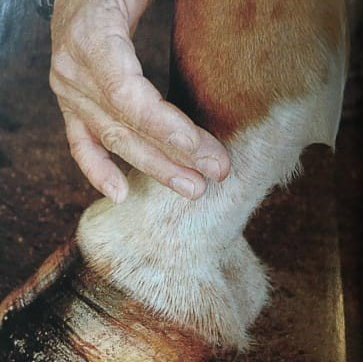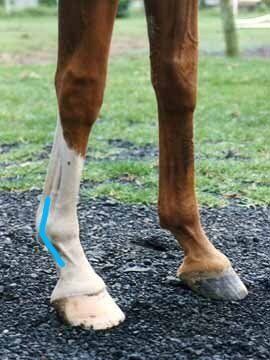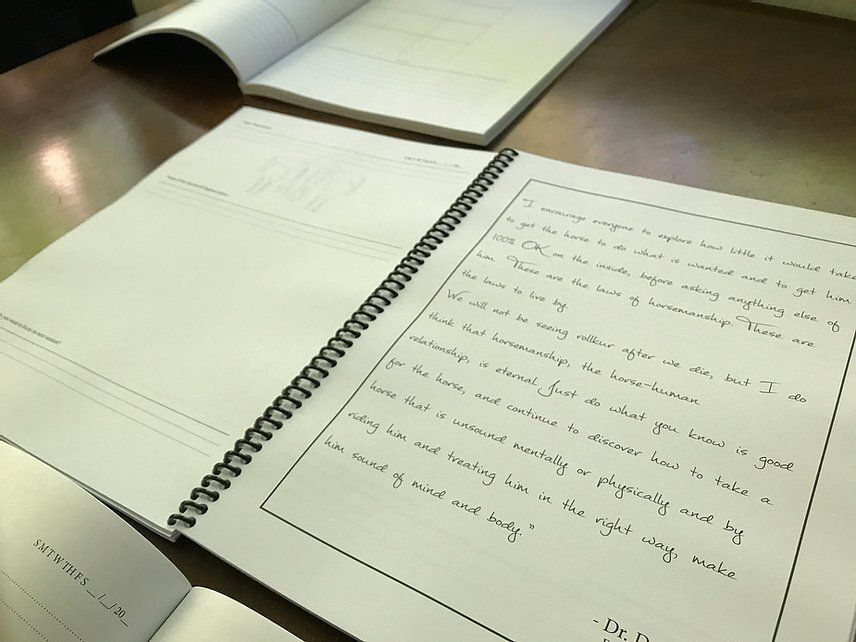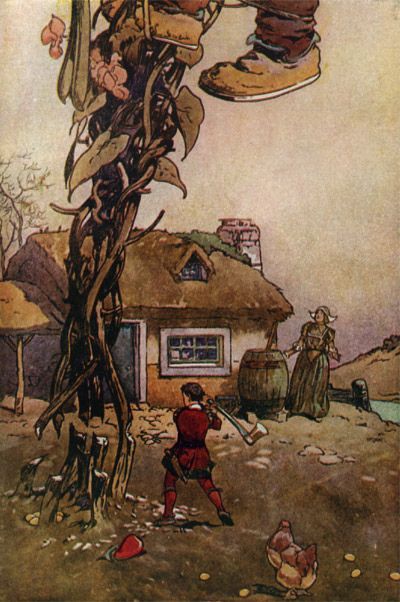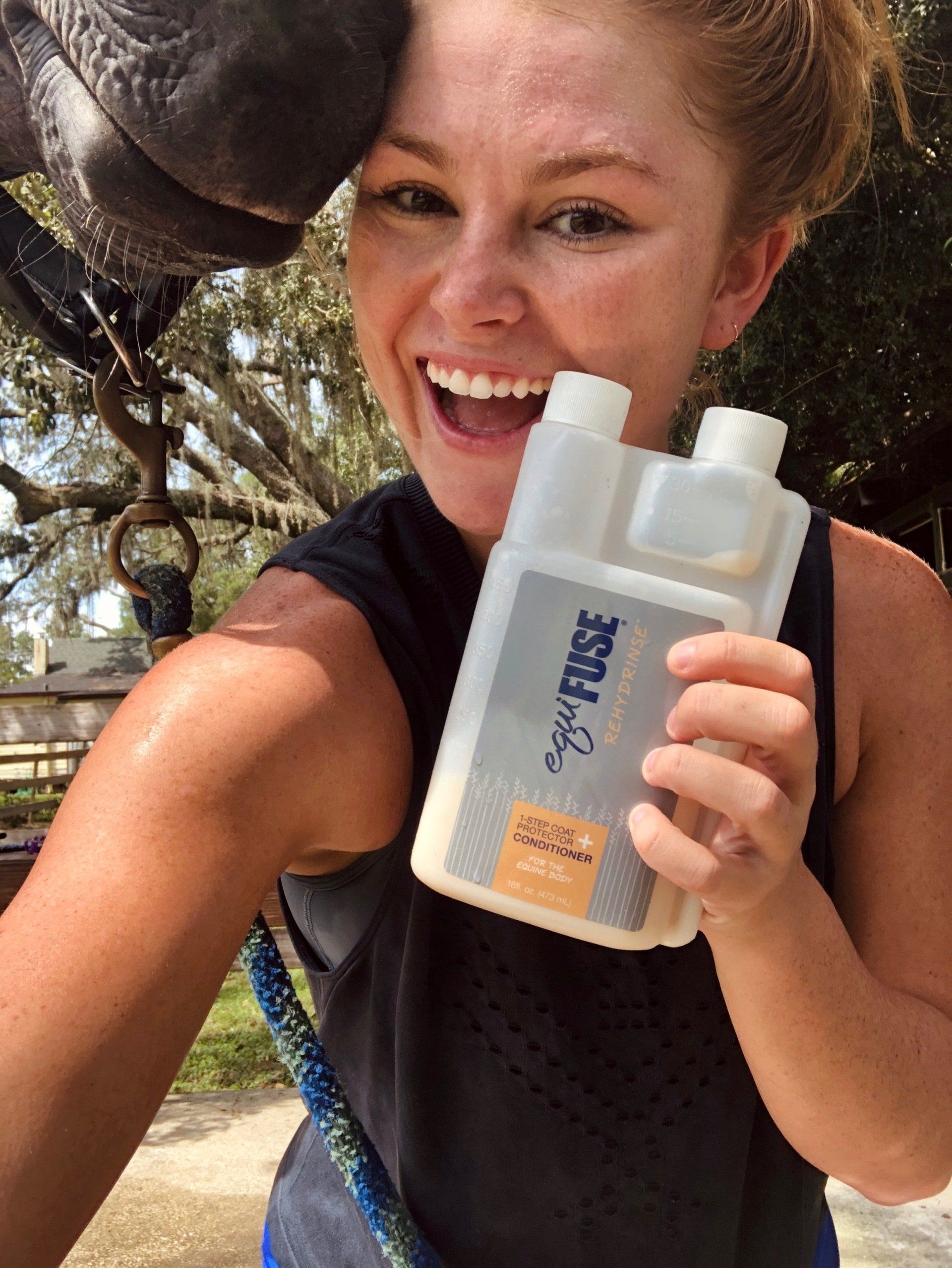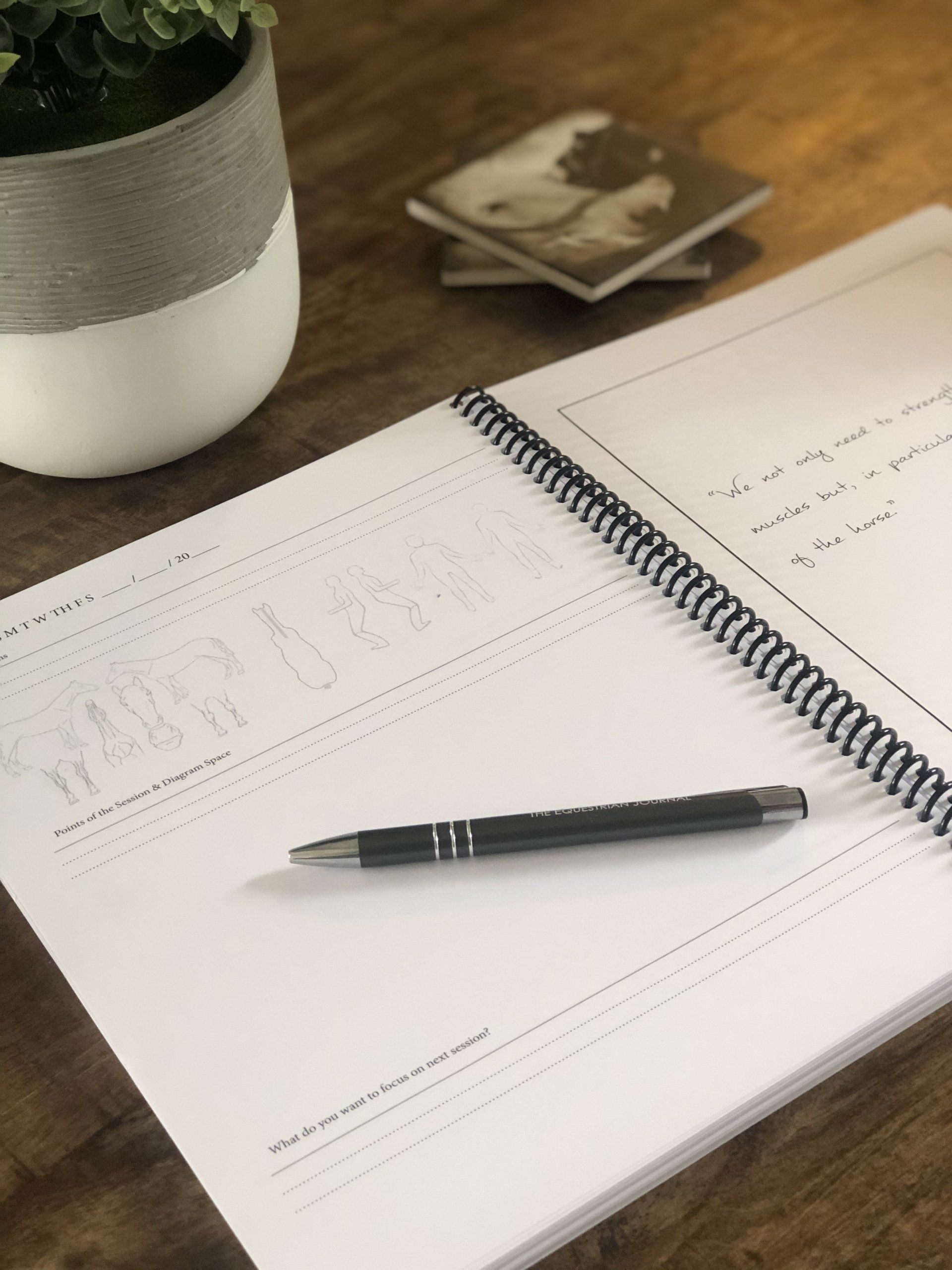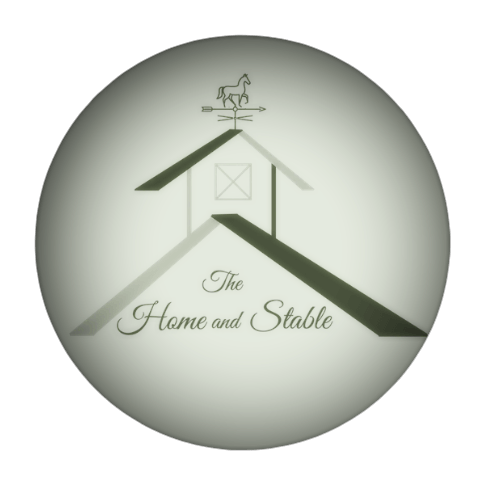What is an Equine Digital Pulse?
An equine digital pulse is a very useful tool for horse owners in determining if there is pain or inflammation in the hoof (or hooves) of your horse. The digital pulse is the blood flow through the main artery going into the hooves.
A digital pulse is typically hard to find/feel, this is due to the fact that there is no restriction of the blood flow into the hoof of the horse. The more restriction (inflammation) there is going into the hoof, the easier it will be to find.
If you are not familiar with taking a digital pulse, you might think you are taking it incorrectly because you are feeling nothing, but in reality it is just a sign of a healthy hoof. Sometimes you will feel a faint digital pulse, and that is typically OK. We recommend taking your horse’s digital pulse regularly so you can learn what is normal for them. This will help you pinpoint red flags or warning signs of hoof discomfort in the future.
If you can easily feel the digital pulse, this may also be referred to as a bounding digital pulse. This is a sign of a potential problem in the hoof (or hooves). It will feel like a throbbing headache or as if you banged your finger and it is throbbing. Not a faster pace, just a stronger one. If you feel a bounding digital pulse, be sure to check the hoof multiple times to be sure. Also check the other hooves to see if the problem is localized to that one hoof or if it is affecting the other hooves.
If it is localized to one hoof, it could just be from a bruise or an abscess. It is the hoof reacting to an acute injury to that one foot. But if you ever have any concerns, be sure to reach out to your vet for advice.
However if it is in multiple feet, this could spell out much more significant problems, such as laminitis (founder). Don’t immediately have a panic attack if this is the case, take in all of the other factors surrounding the situation. Did your horse just work or run? If so, the pulse might be stronger because of that. Is the horse acting normally or has their personality changed? Do they seem happy and comfortable, or are they trying to take weight off the feet? With any doubts here, always call your vet. Trust your horse and your gut.

